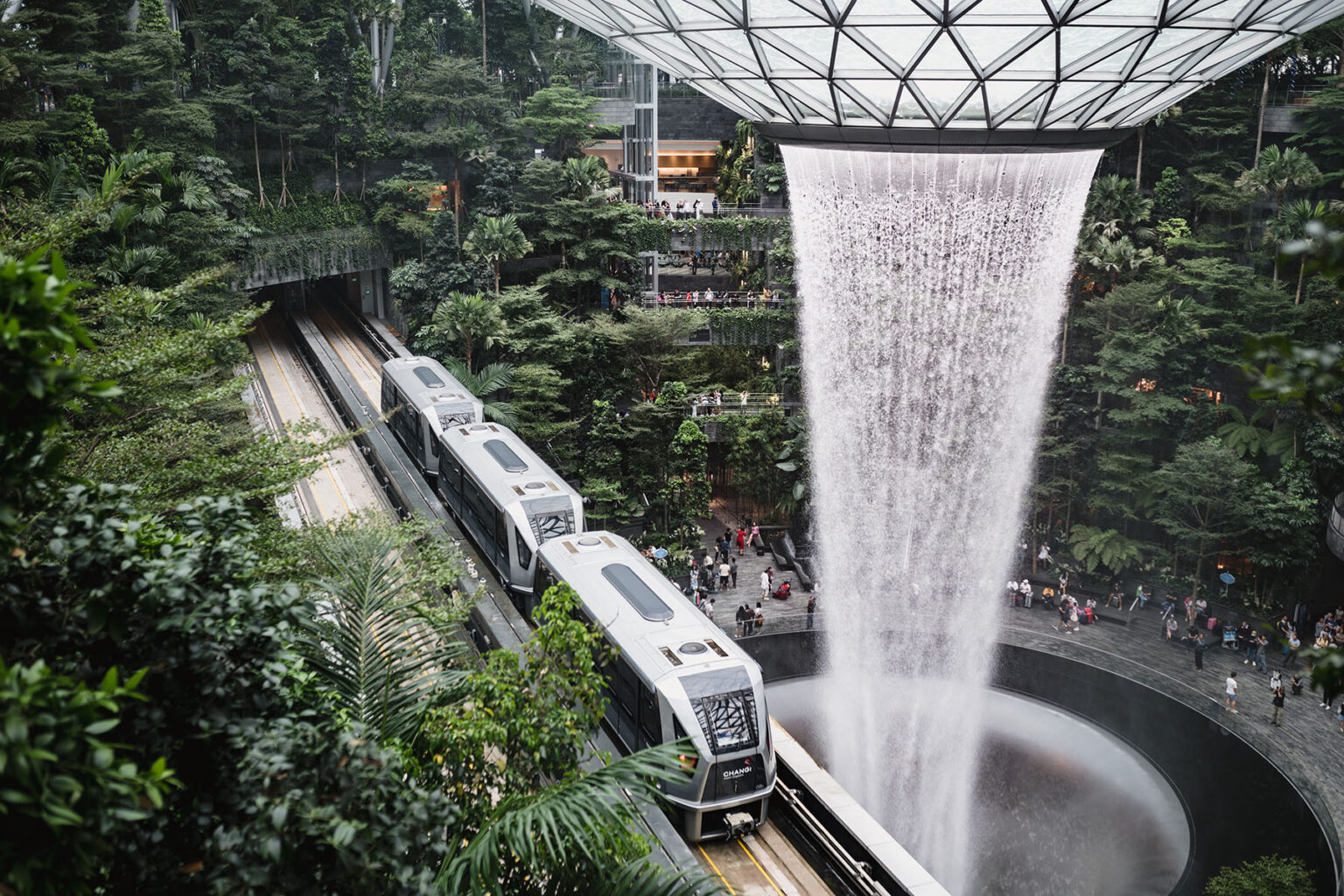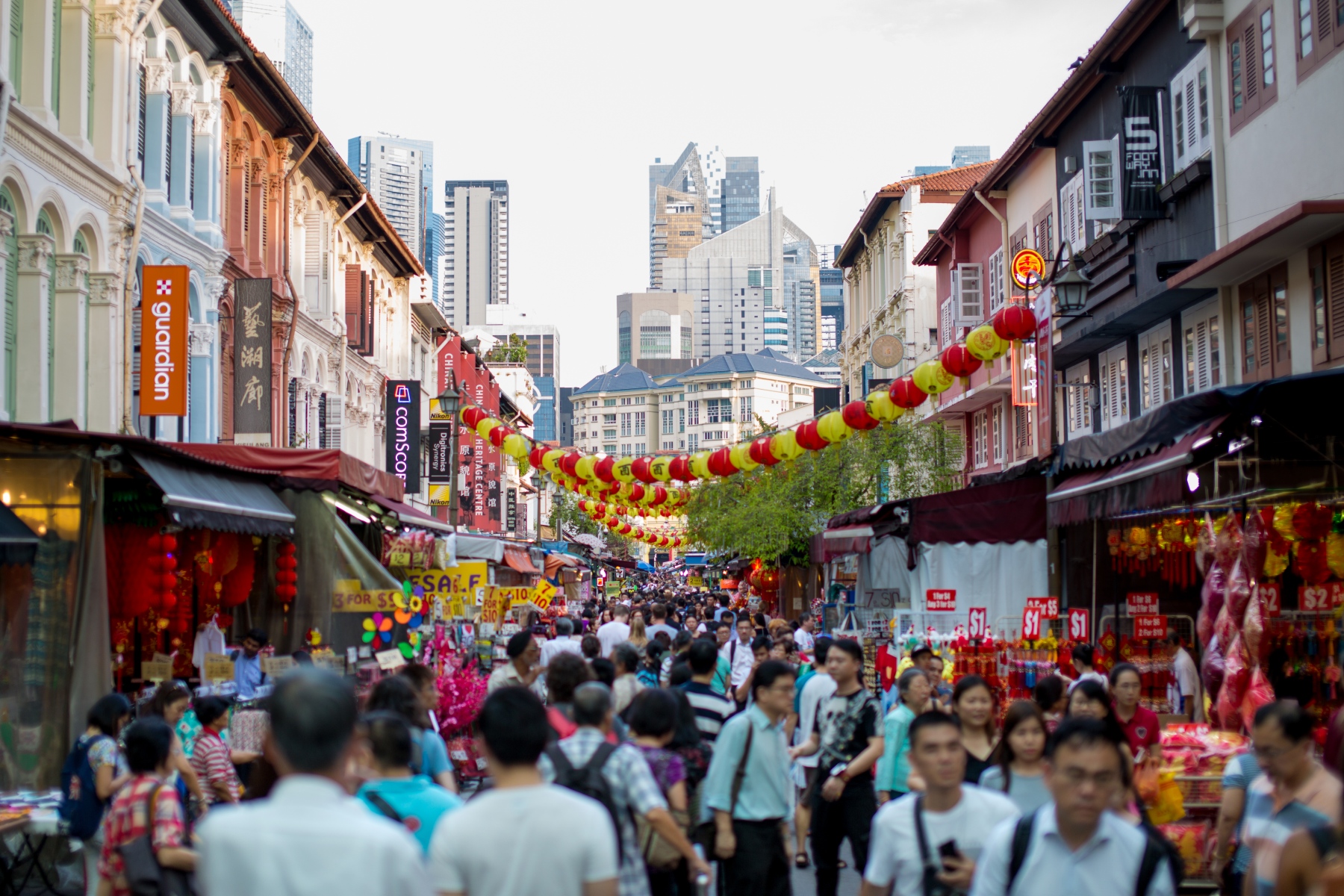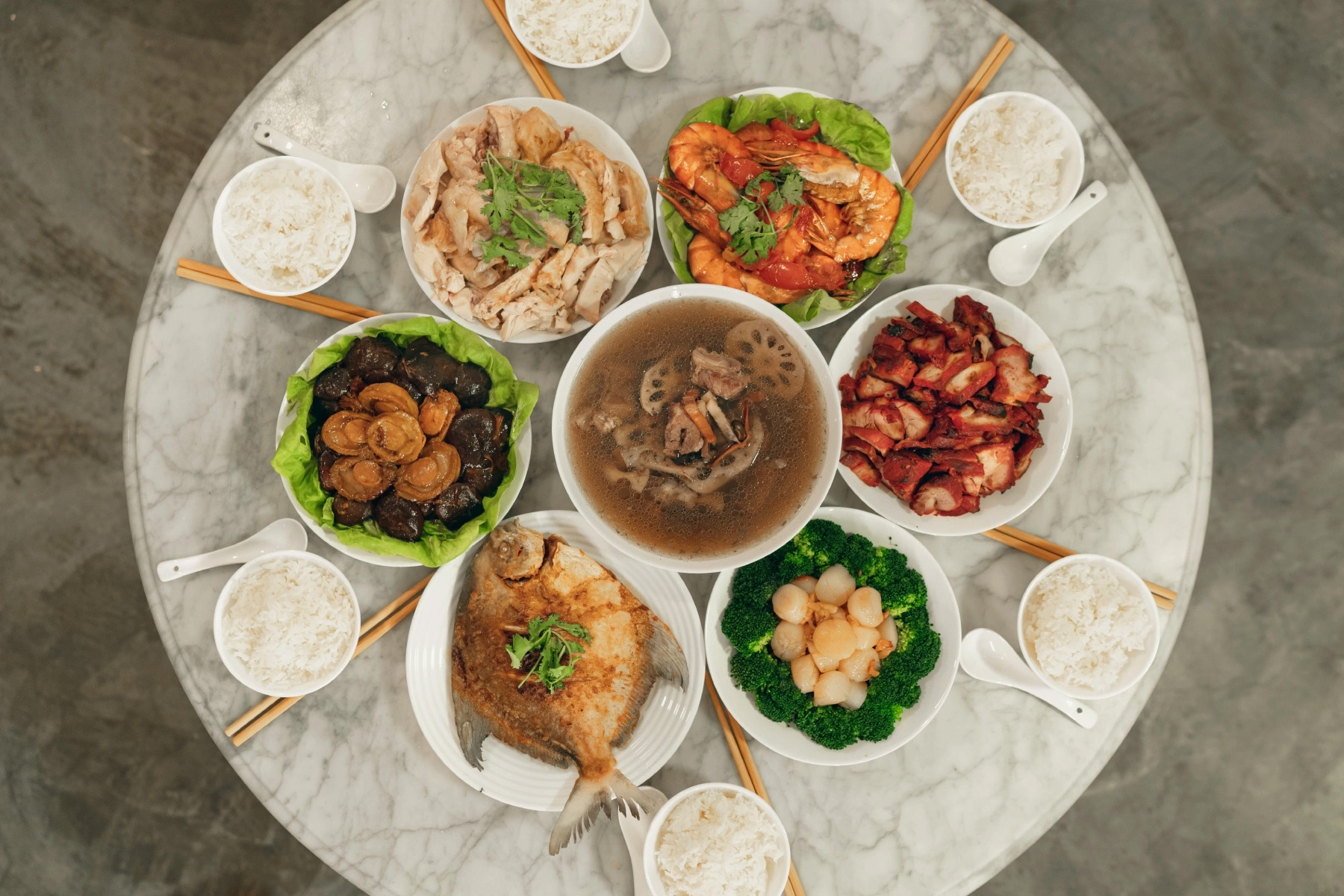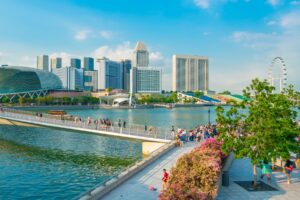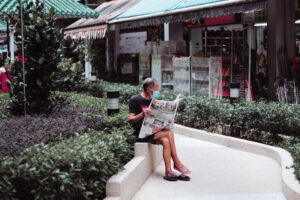Everyone knows that Singapore is a bustling modern city with great food and a night-time motorsport event. Some expats might even be familiar with the famous fine for littering. But how much do you really know about your new – or existing – home?
Here are some extra facts about Singapore that you might not have heard before:
Geopolitical facts about Singapore
Singapore is a pretty new country…
While this list of facts is peppered with history, this one is important to know. The blazingly modern metropolis that is Singapore only came into being on 9 August 1965, when the city officially separated from Malaysia and declared independence.
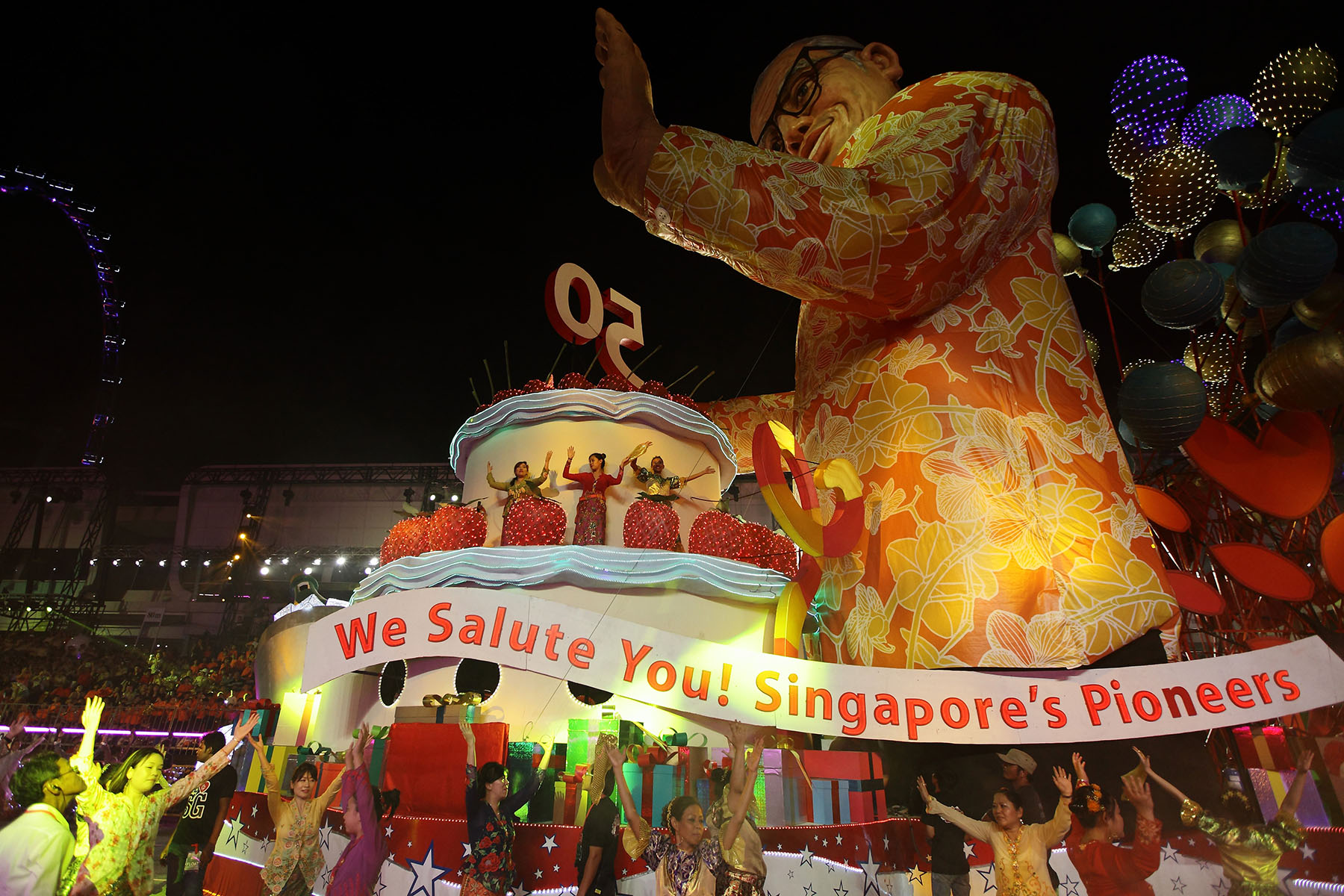
The country has come a long way since then, transforming from a low-income nation to a high-income state. It even has one of the world’s largest GDP growth rates.
…that was the result of political tensions
After the British colonial rule ended in the area in 1963, Singapore became part of the newly established Federation of Malaysia. But with differences in political and economic direction, the union could not last. Two years later, Malaysia chose to break ties, and Singapore – with little choice in the matter – had to carry on as an independent state.
Politics have been stable since its founding
Generally, Singapore operates as a parliamentary Republic with democracy at its heart. At the 1959 Legislative Assembly general election – the first in the newly-established state – the People’s Action Party (PAP) was voted into power with 43 of the 51 seats. It has retained control of the government ever since.
Military service is compulsory…for men
This one might not be super interesting, but it’s good to keep in mind when moving to Singapore. All male citizens and permanent residents must fulfill a two-year National Service requirement, and most do so around the age of 18. It’s usually not possible to defer military service or get an exemption, except in some very specific situations. These are decided on a case-by-case basis.
After those two years, men must serve another 40 days each year for Operationally Ready National Service (ORNS). That is until the age of 40 or 50, depending on their rank.
While Singapore isn’t known as the most LGBTQ+ friendliest of countries, transgender women do not have to do military service. However, this is only the case when they have legally changed their gender and can prove they’ve undergone gender-affirming surgery. As such, there are reports of LGBTQ+ members having to serve because they were ineligible for the exception.
Historical facts about Singapore
The island was given its name by a prince
Historical records show that Singapore was previously known by two Malaysian names: Pulau Ujong (i.e., the island at the end of a peninsula) and Temasek (i.e., sea town).
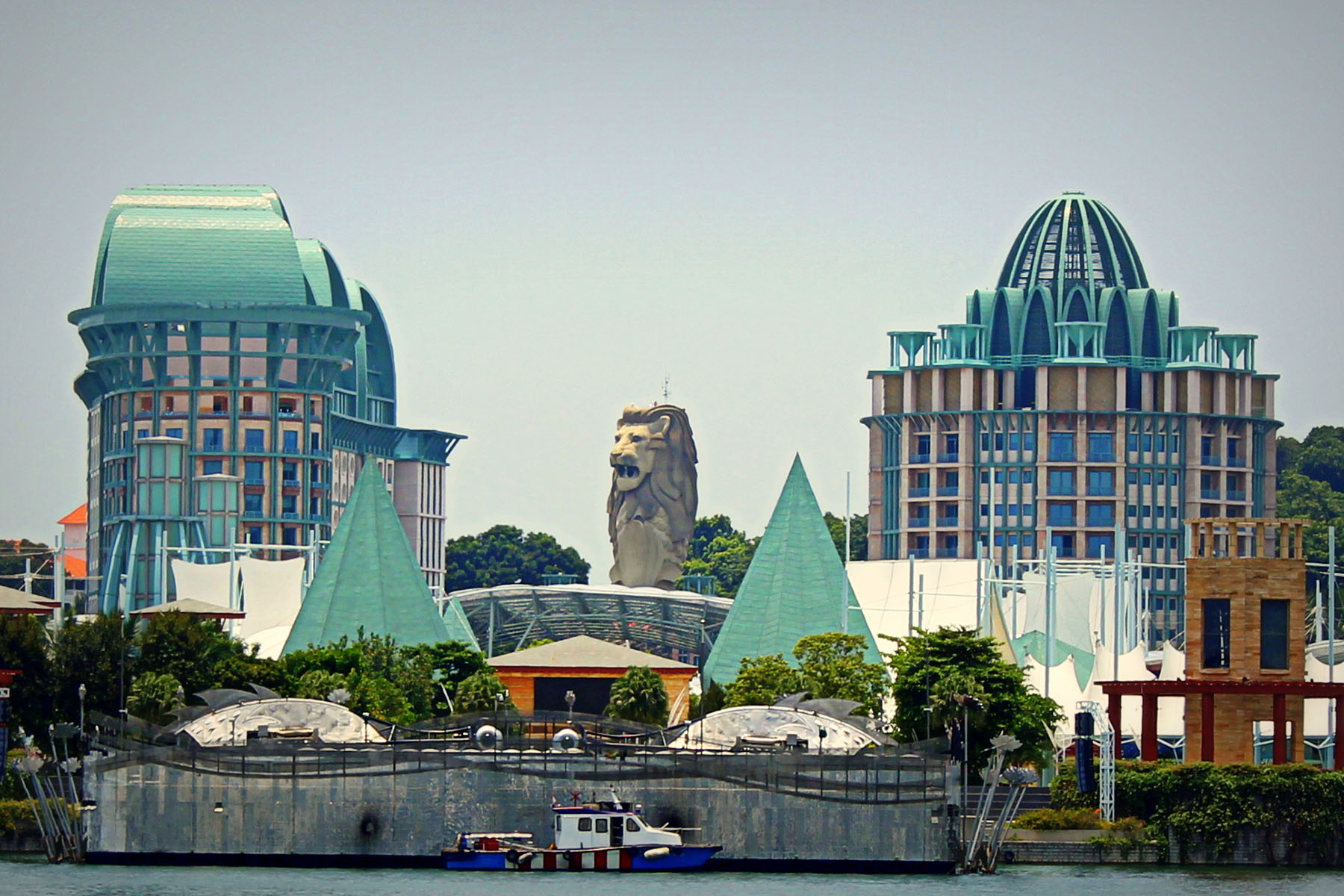
According to legend, in 1299, Malaysian prince Sang Nila Utama spotted a lion while on the island. He then decided to name the area Singapura, which is Sanskrit for ‘lion city.’ Although the account is questionable – there were probably no lions there at the time – it makes for a nice story!
The official mascot is mythical… and also new
Related to Singapore’s origin story is the country’s official mascot, the Merlion. The creature is half fish, half lion, like if a fish had a baby with a lion.
While objectively cool and mythical sounding, the Merlion is pretty new. It was first created by British zoologist Alex Fraser-Brunner in 1964 as part of a Singapore Tourism Board campaign. The fishtail represents the country’s origins as a fishing village, while the lion’s head is a nod to that legendary sighting in 1299.
Singapore first struck Olympic Gold in 2016
With the area’s history being steeped in fishing lore, it’s only fitting that Singapore’s first Olympic Gold medal is for swimming. At the 2016 Olympic Games in Beijing (China), 21-year-old athlete Joseph Schooling defeated the American swimmer Michael Phelps in the 100-meter butterfly race. Needless to say, that a Singaporean was able to topple swimming royalty sent shockwaves of delight through the island.
Facts about Singapore’s geography
Singapore is actually an archipelago…
Most people know Singapore as the one urban island with an incredible food scene, world-class public transport, and a thriving economy. But, the country is actually a collection of 63 surrounding islands.
Many of these are uninhabited, but some offer great attractions and day trips. For example, Sentosa is a popular island full of theme parks and resorts, while Pulau Ubin and St John’s Island offer back-to-nature experiences.
…one of the smallest countries in the world…
With a total land area of just 734.3 square kilometers, Singapore is a teeny tiny country. In fact, there are only a handful of other islands and city-states that rank smaller than Singapore. These include places like Saint Lucia, the Seychelles, Barbados, Malta, and Lichtenstein.
…and one of just three existing city-states in the world
City-states are essentially cities that comprise the entirety of a country and operate as sovereign states. For example, back in their day, Rome and Athens were famous city-states.
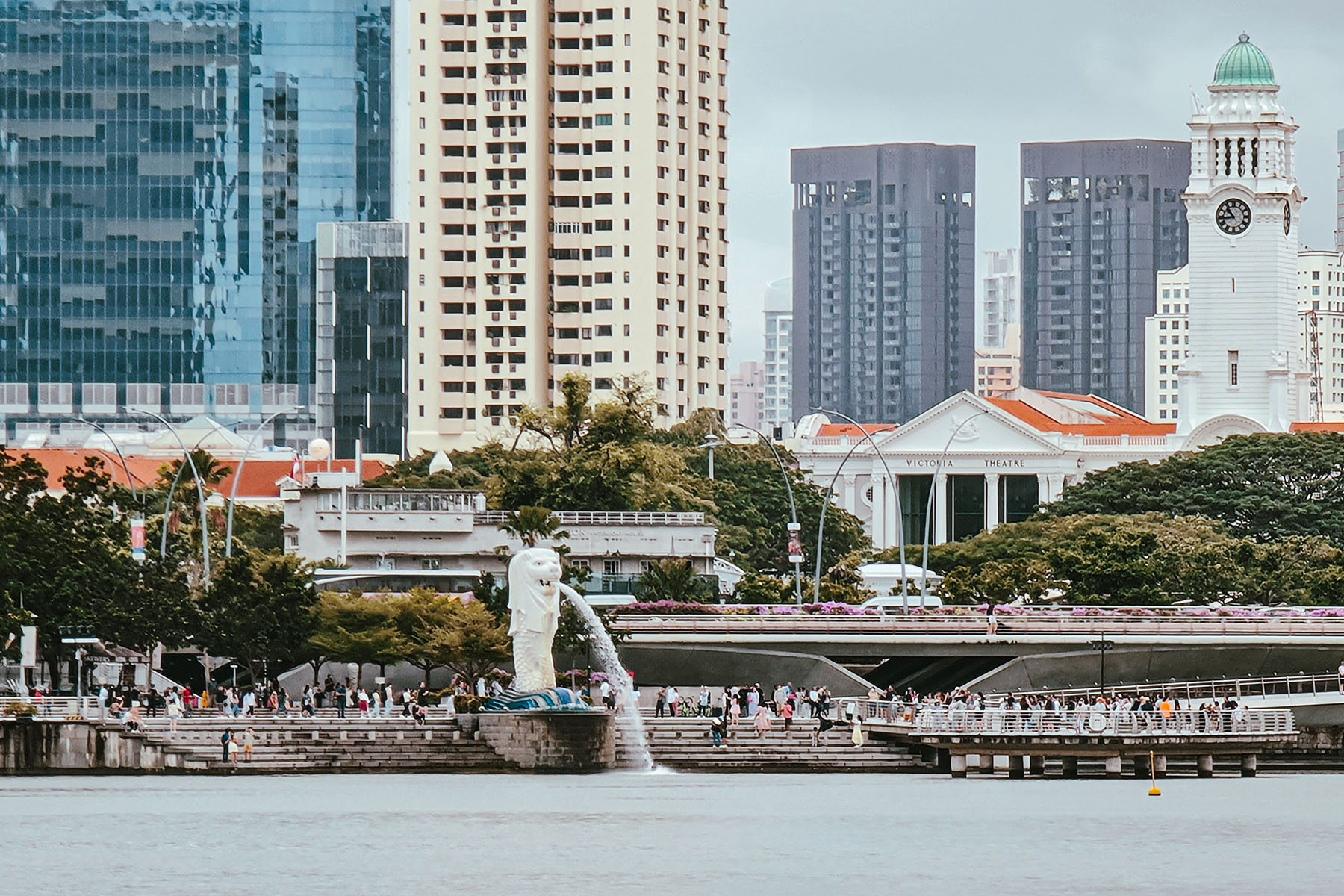
There are currently just three left in the world: Singapore, Monaco, and Vatican City. With approximately 5.64 million residents, Singapore holds the distinction of being the world’s most populace city-state.
Singapore has multiple official languages
Despite its small stature, Singapore has four official languages. The island nation primarily uses English, a lingering legacy of its history and multicultural identity. However, it also conducts official business and social interactions in Malay, Tamil, and Mandarin.
Unofficially, most locals also speak Singlish. This is a truly unique local dialect that seems to be a blend of all the official languages. You can recognize this in the ‘lah’ that many locals throw onto the end of sentences for emphasis. Interestingly enough, there are currently 27 Singlish words in the Oxford English Dictionary (OED), including Aiyah, Aiyoh, Lah, and Wah.
The Singapore passport is pretty handy
It might take some time for expats to – legally! – get their hands on a Singaporean passport, but it’s absolutely worth it. According to the Henley Passport Index, the country has the most powerful passport in the world. The little red book allows for visa-free access to 193 countries. That means you can get everywhere hassle-free from A(rgentina) to B(elize), and beyond.
Facts about Singapore’s economy
The business world thrives in Singapore
In 2020, the World Bank ranked Singapore as the second-easiest place in the world to do business. The country was just behind New Zealand with only 0.6 points. The reason? It is comparatively easy to start a business – even if you are self-employed.
There is a strong infrastructure for business operations, including a strong rule of law. And, there are very clear regulations around business. For example, it takes only 10 hours to complete Singapore’s export requirements, compared to 200 hours in Cameroon.
Singapore is an expensive place to live
With business booming, it might not come as a surprise that Singapore is the world’s most expensive city. It shares this questionable honor with New York City in the US.
Thanks to inflation, prices have skyrocketed in recent years. The cost of living in Singapore is now ahead of places like Tel Aviv (Israel), Zürich (Switzerland), and Paris (France) – which are by no means cheap.
Its currency has some pretty cool features
With prices being as they are, you’ll spend a lot of money while living in Singapore. And while mobile banking and digital-first money management are popular, you should take a closer look at your cash when you can. Singapore’s paper bills feature some interesting security features that you will not find anywhere else.
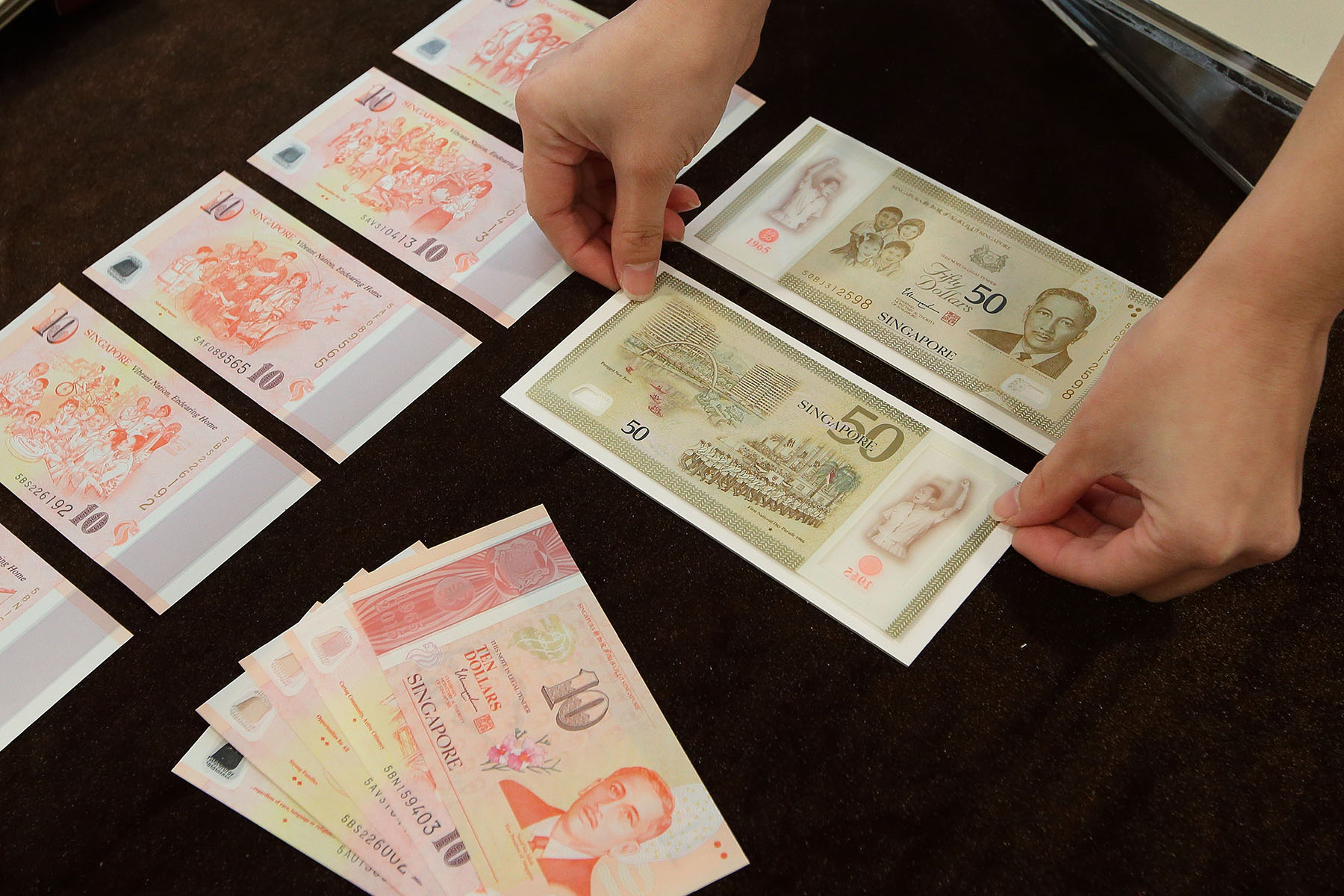
For example, the S$1,000 note has the entire national anthem – Majulah Singapura – written in micro-print. And, when notes are held up to the light, the security thread shows the word ‘Singapore’ in the country’s four official languages.
Cultural facts about Singapore
Singapore has only one UNESCO site
Although the country has just one UNESCO World Heritage site, it sure is a good one. The sprawling Singapore Botanic Gardens is the first and only tropical botanic garden to make it onto the list. It’s also one of three botanic gardens to be inscribed, after Orto Botanico di Padova in Padua, Italy, and the Royal Botanic Gardens in Kew, UK.
So what makes it special? It might be the fact that it is a center for conservation and research, or perhaps it is because it’s a superlative example of a typical “British tropical colonial botanical garden“.
There’s a record-breaking water feature…
While a UNESCO garden might not be everyone’s cup of tea, one attraction you cannot miss out on is the world’s tallest indoor waterfall. Housed in the Jewel Changi Airport, the HSBC Rain Vortex is an impressive 40 meters tall and has been a crowd-pleaser since it was unveiled in April 2019.
…and a stunning collection of flora and fauna
Although Singapore is a tiny country and a bustling metropolis, that doesn’t mean there isn’t room for some green nature. The country is home to the 163-hectare Bukit Timah Nature Reserve. This protected park is a habitat for 1,000 species of flowering plants and more than 500 different species of wildlife. To put that into context, the nature park has more species of trees than the entirety of the North American continent.
Festivals are a big deal in Singapore
Singapore loves a good festival, and there always seems to be one on – whether it’s for sporting, gastronomic, retail, religion, or arts.

In summer, you can enjoy the Great Singapore Sale (GSS), Singapore International Festival of Arts (SIFA), and Singapore Food Festival (SFF). On August 9, of course, the country celebrates National Day.
And throughout the year, Orchard Road comes alive in a burst of lights and colors to celebrate a whole host of festivals and public holidays, including Christmas, Chinese New Year, Hari Raya Haji, and Deepavali.
It is always summer in Singapore
One of the most useful facts to know if you’re new to Singapore is that there are only two seasons: hot and hotter. Thanks to its geographical location – just 137 kilometers from the Equator – the country swelters all year long. So, once you’re settled and ready to explore, be sure to put on sunscreen and bring lots of water.
Hawker centers are a way of life
Most countries have a tradition of street food. But none elevate it to the art that is the Singaporean hawker center. These humble neighborhood food courts can be found in every corner of the city and showcase the country’s multicultural identity on a plate.
Food vendors sell a range of classically Singaporean Indian, Malay, Chinese, and even European dishes. So you can create your own feast from satay and Hainanese chicken rice to Indonesian nasi goreng and Indian thalis.
Singapore has the world’s first night zoo…
Opened in 1994, the Mandai Night Safari is an immersive wildlife experience like no other. Visitors from all over the world flock to the park to see over 1,000 nocturnal animals. You can hop on the tram ride for a whirlwind tour or explore the park on the walking trails. Do bring a flashlight though, because it’s all happening after dark.
…as well as the first F1 Grand Prix night race
Since 2008, the Formula 1 Singapore Grand Prix has welcomed millions of motorsport fans for a weekend of high-octane fun. At its inception, it was the world’s only night race on the F1 calendar. Since then, four others have joined, in Sakhir (Bahrain), Jeddah (Saudi Arabia), and Las Vegas (US).

Spanning three days, fans flock to central Singapore to catch the action on the Marina Bay Street Circuit. Afterward, they’re treated to world-class concerts by performers like Jennifer Lopez, Post Malone, Green Day, the Black Eyed Peas, Fat Boy Slim, Martin Garrix, and Ariana Grande.
Singapore has a Kindness Movement
Everyone knows manners maketh the man, and that goes for Singapore too. In the late 1970s, the country launched a National Courtesy Campaign to create a pleasant social environment. It sought to boost politeness and encourage locals to be more welcoming to tourists. Now, the campaign exists as the non-governmental, non-profit Singapore Kindness Movement.
This charity aims to inspire small acts of kindness and raise public awareness about the importance of appreciation. In other words, it never hurts to help, and it never hurts to say thank you either.
Facts about food and drink
Singapore imports most of its food…
Given that it is a small island, one unsurprising fact is that there is no agricultural industry in Singapore. While there are some urban farms that produce goods – like fish, seafood, and vegetables – over 90% of food comes from other countries.
…and a good amount of its water
Thanks to the 1962 Water Agreement, Singapore sources 250 million gallons of water per day from Malaysia. That accounts for nearly 50% of local water requirements. The government expects demand to double by 2060 and is working to meet those demands without relying so heavily on water imports.
Singapore’s cocktail for the ladies
Speaking of drinks, have you ever tried a Singapore Sling? Ngiam Tong Boon, bartender at the Long Bar in Singapore’s iconic Raffles Hotel, created the famous cocktail in 1915. According to the recipe, it contains a blend of gin, fruit liquors, fruit juices, and club soda.

What’s interesting about this cocktail is the reason it was invented. In Colonial Singapore, it was not acceptable for women to drink alcohol in public. The pink drink looks like a refreshing fruit juice rather than anything illegal. As such, ladies could have a cheeky tipple while retaining their perceived innocence.
Chewing gum is strictly outlawed
Perhaps the most widely-known fact about Singapore is that the country has banned chewing gum. It was outlawed in 1992, following a string of chewing gum-related incidents that disrupted the local train services.
It’s even illegal to bring chewing gum into the country – unless it is for dental or medicinal purposes.
Other facts about Singapore
Singaporeans can outwalk everyone
People in the Netherlands have their bikes, Londoners have the tube, and Singaporeans… have their feet. A 2006 study found that residents in Singapore are the fastest pedestrians in the world, taking an average of just 10.55 seconds to walk 19 meters.
They were closely followed by residents from:
- Copenhagen, Denmark (19 meters in 10.82 seconds)
- Madrid, Spain (19 meters in 10.89 seconds)
- Guangzhou, China (19 meters in 10.94 seconds)
- Dublin, Ireland (19 meters in 11.03 seconds)
Cars are incredibly expensive in Singapore
Chances are high that the average expat will not be tooling around town in a Ferrari or Lamborghini. In fact, one of the craziest facts about this city-state is that it is the most expensive city in the world to own a car. Costs are nearly double that of Copenhagen, which is the second-most expensive car city.
The reason behind this is that the government wants to curb car use to lower congestion and pollution. As such, people must get a Certificate of Entitlement – a permit to buy a car – and pay high excise duty.
